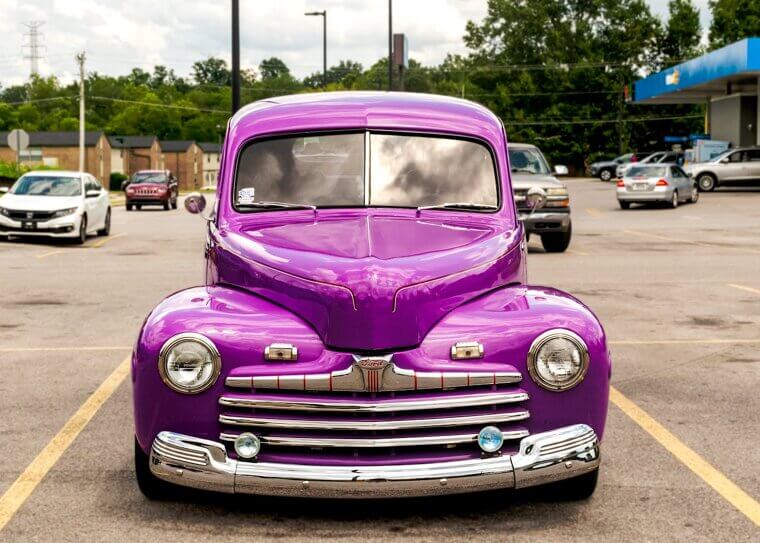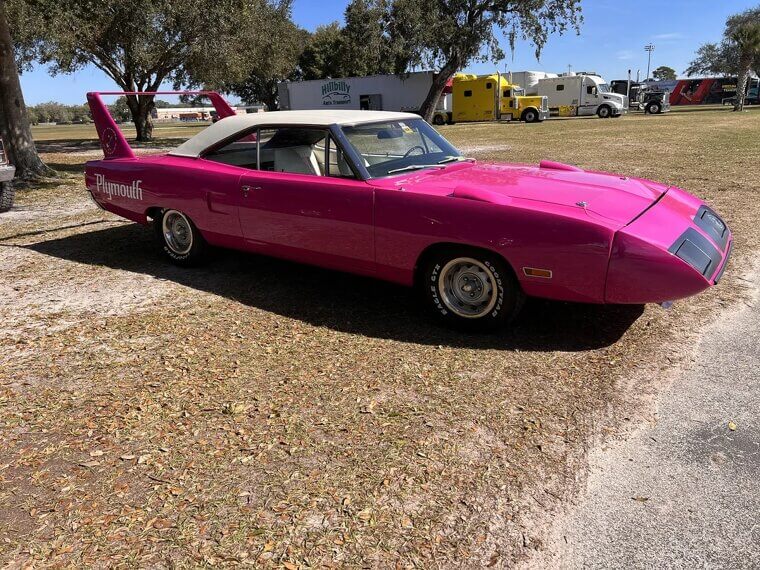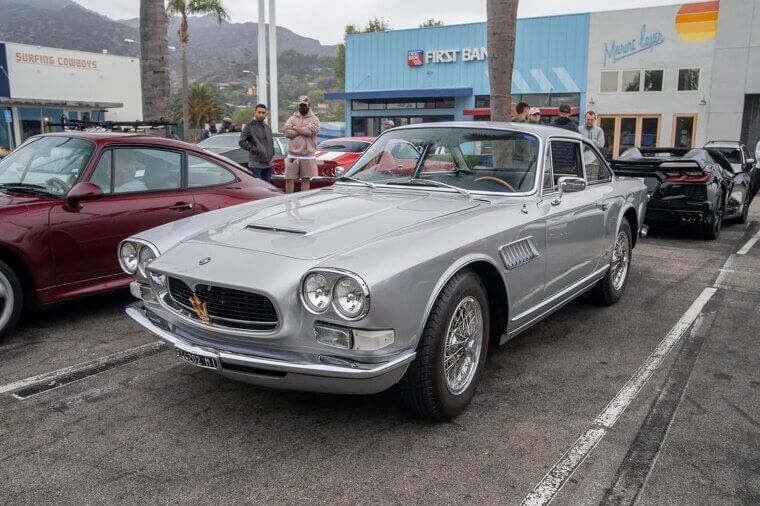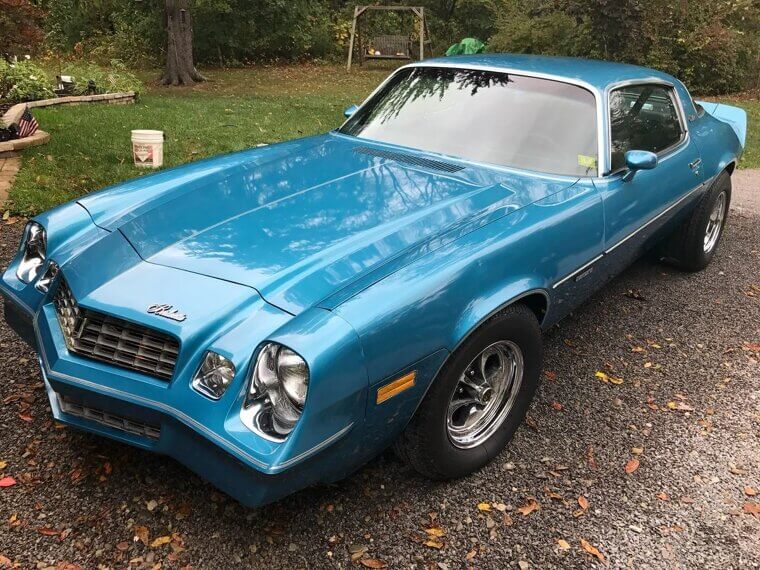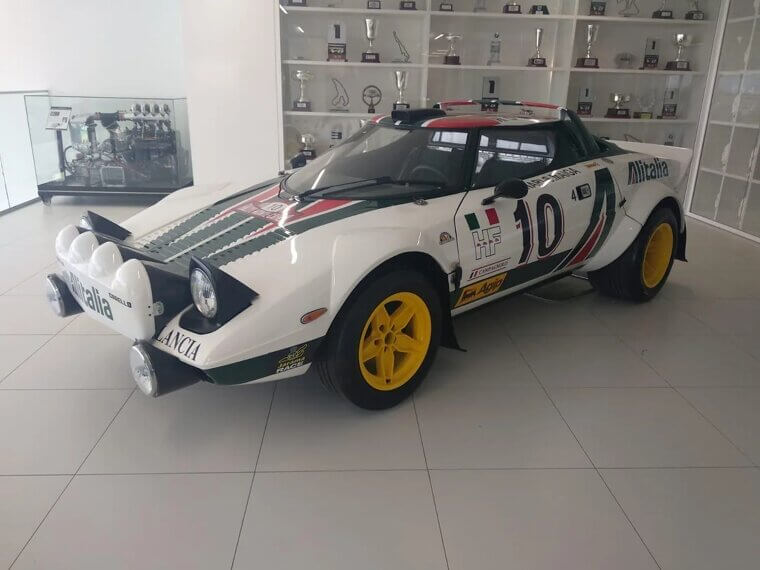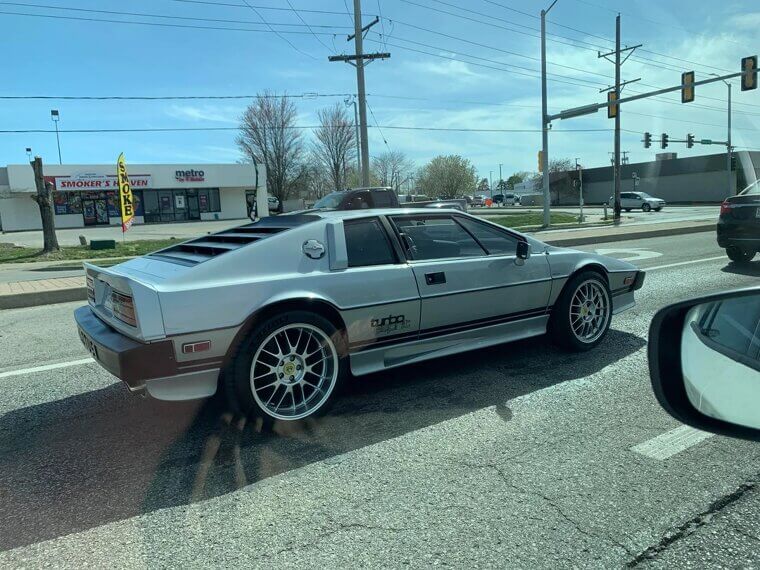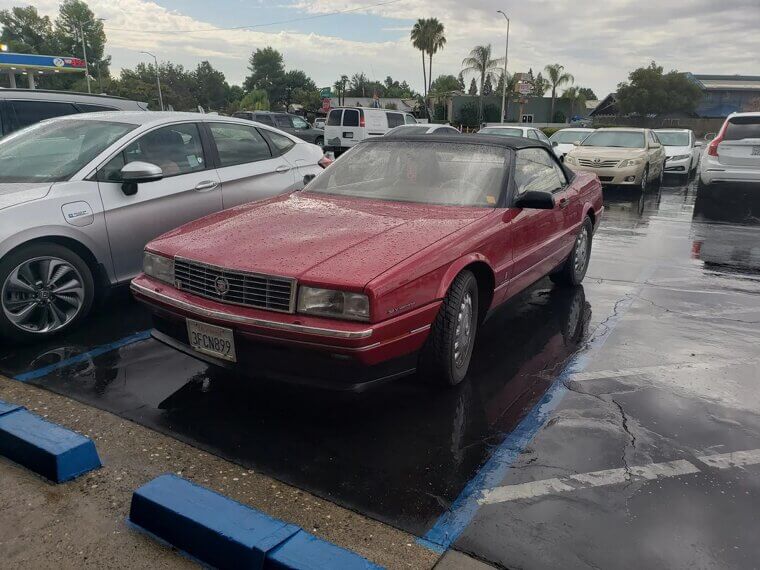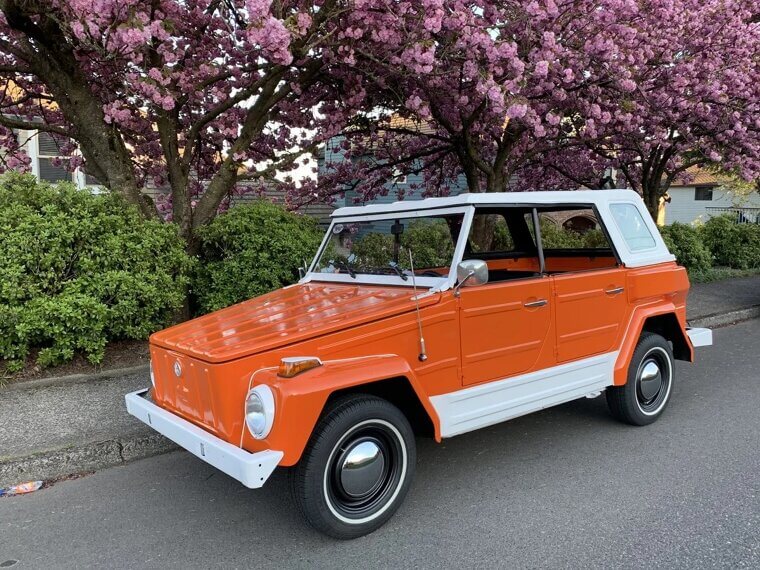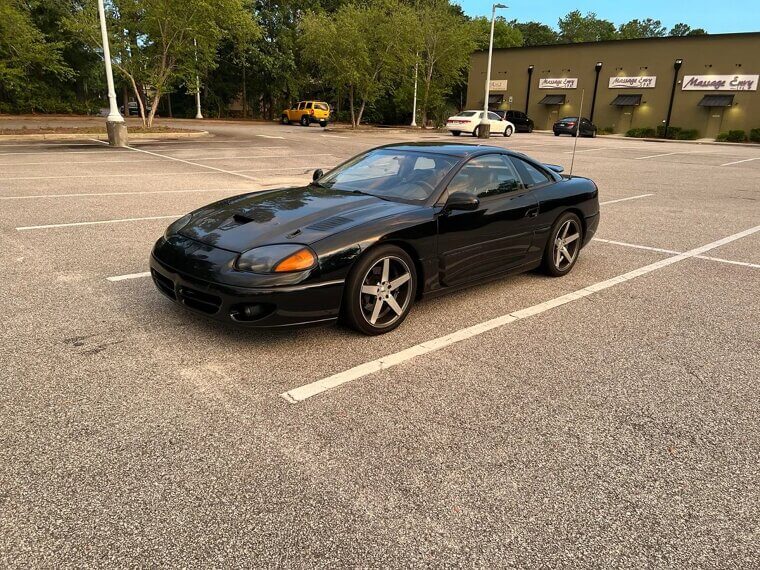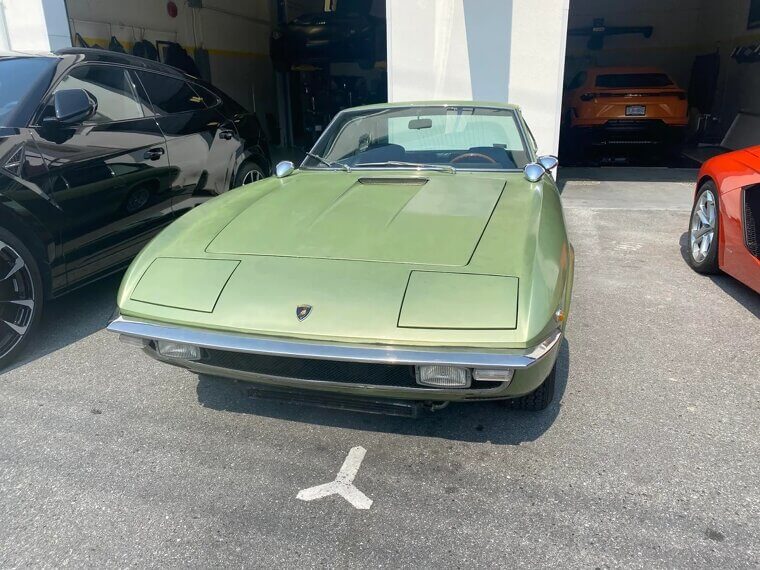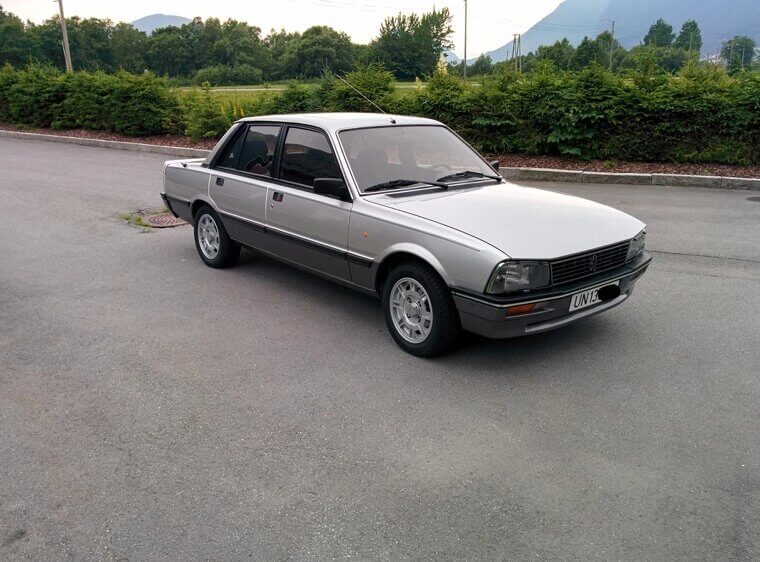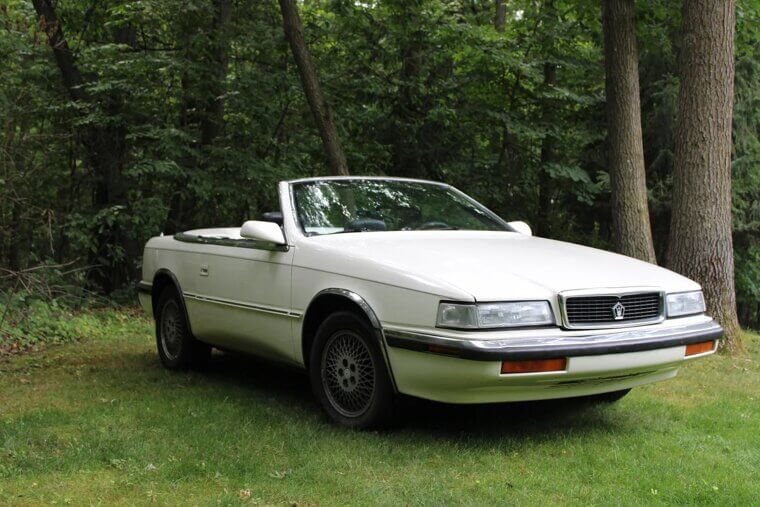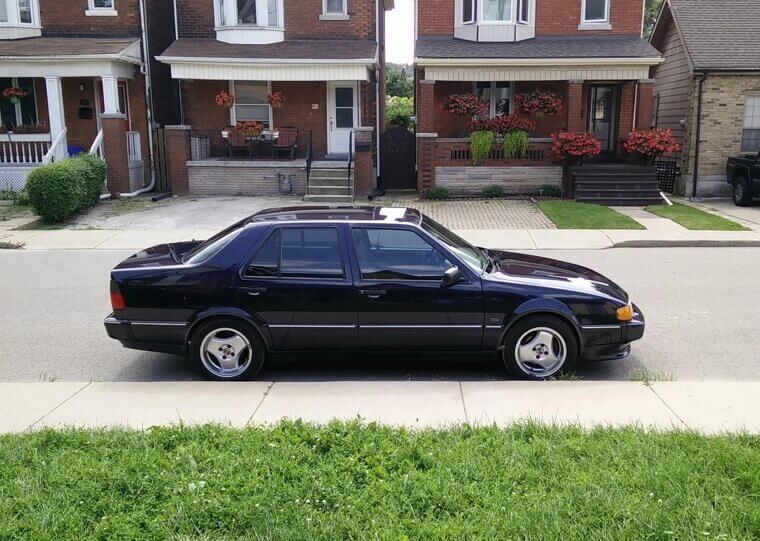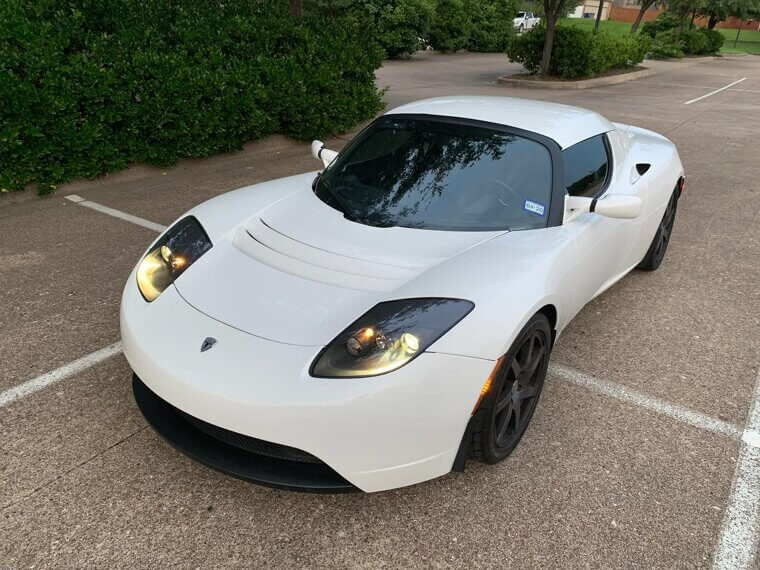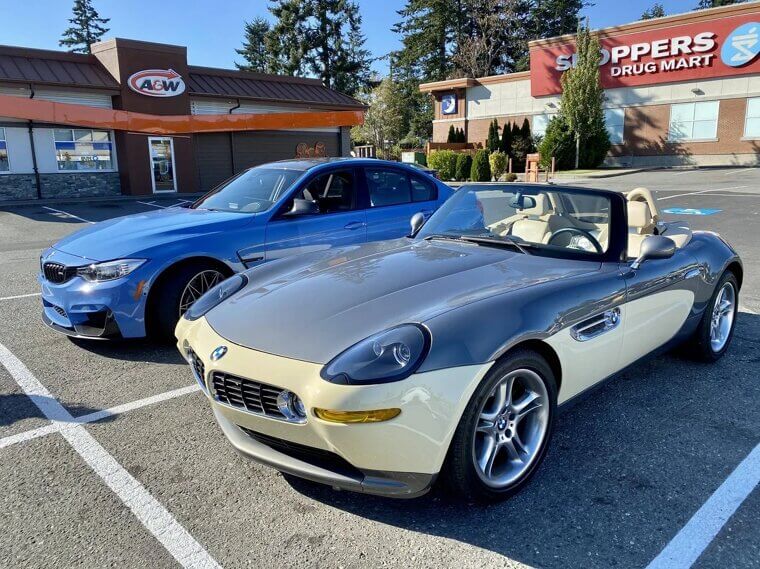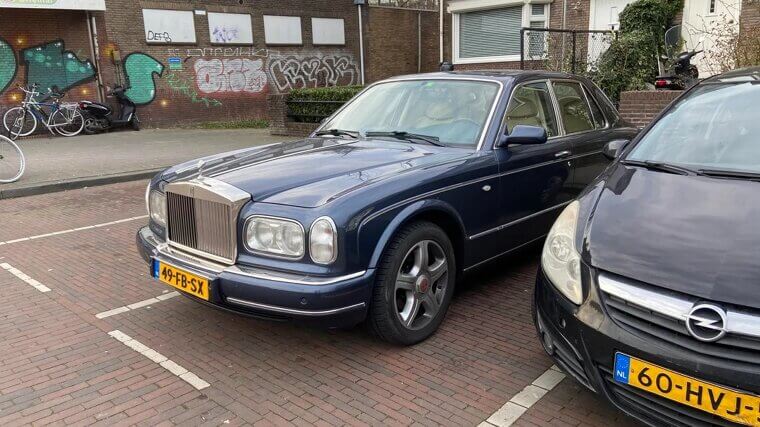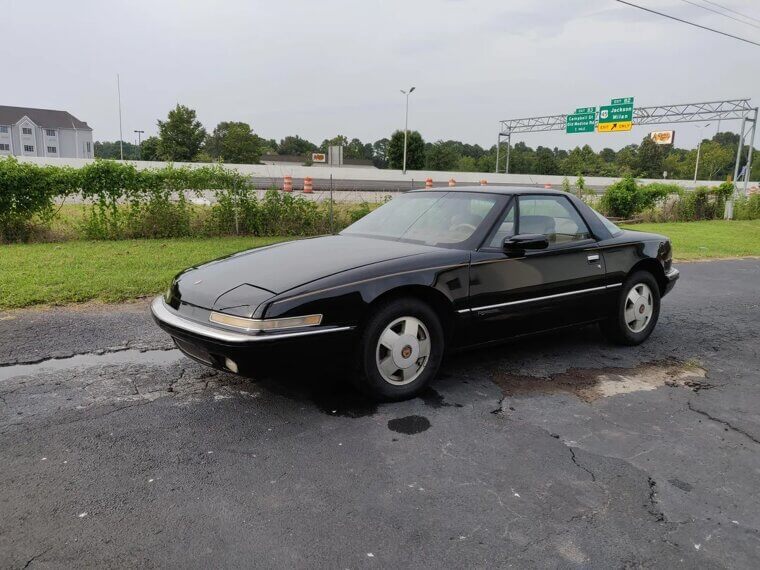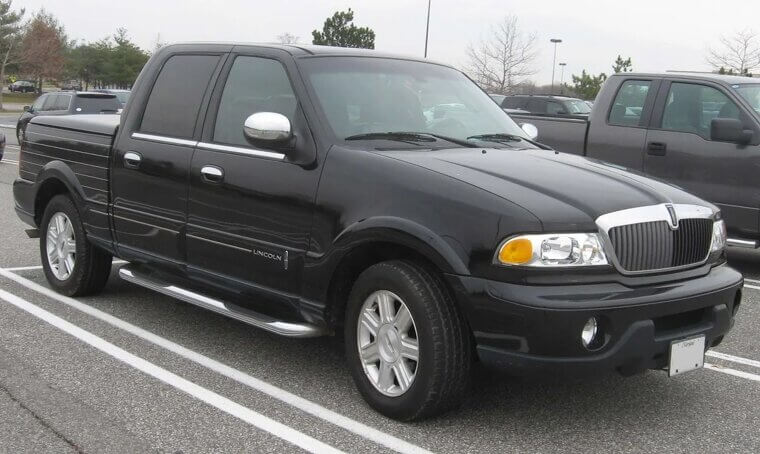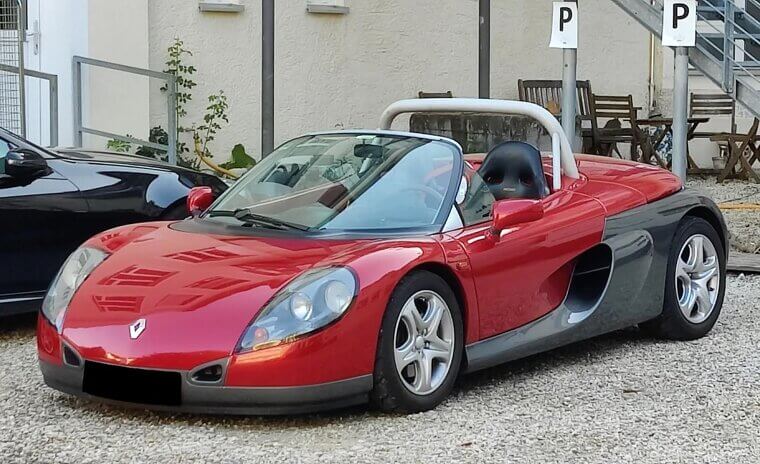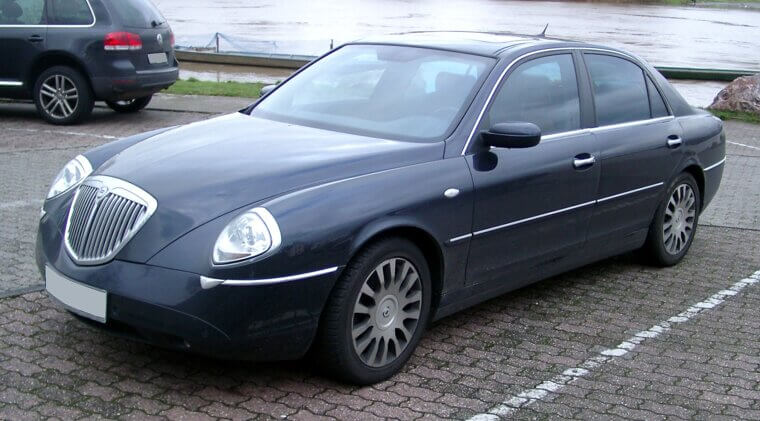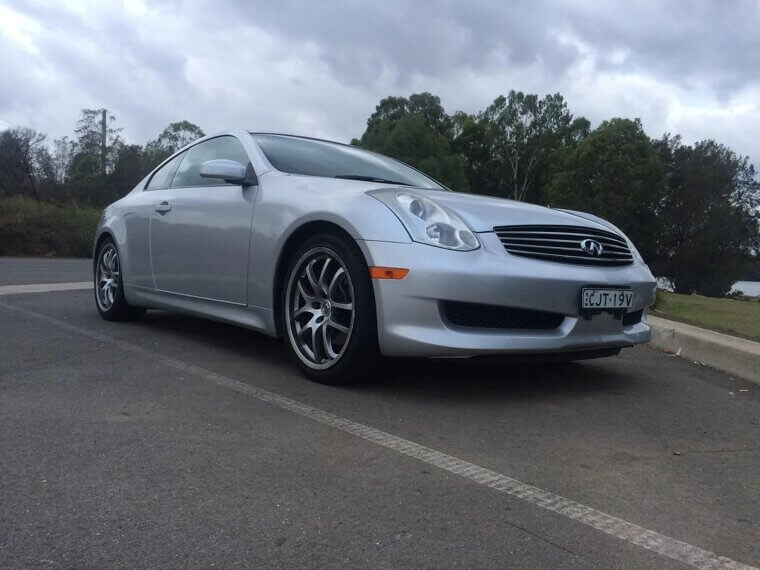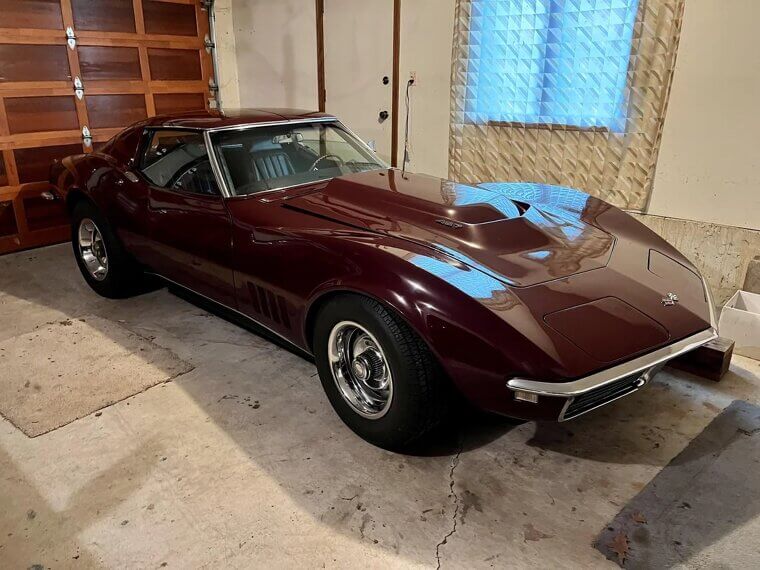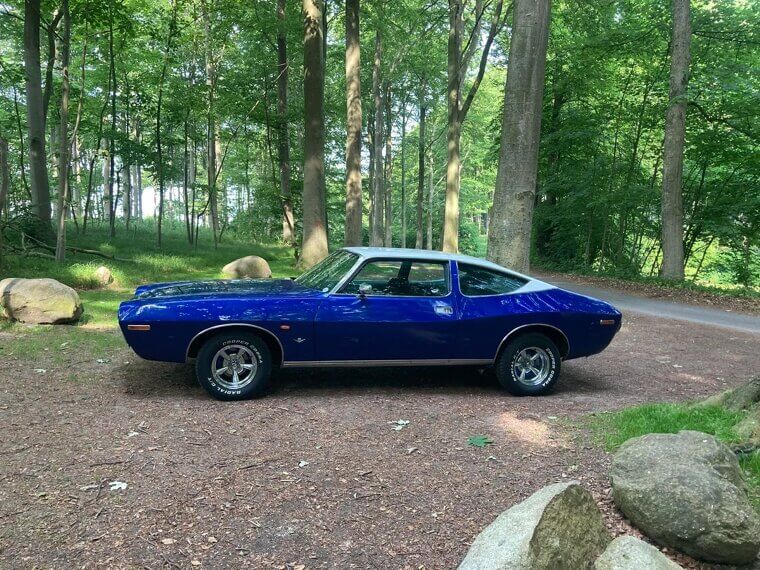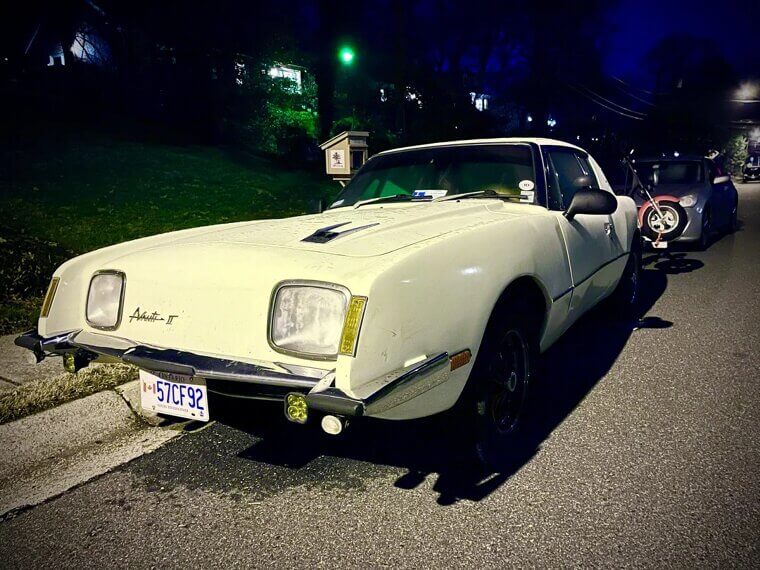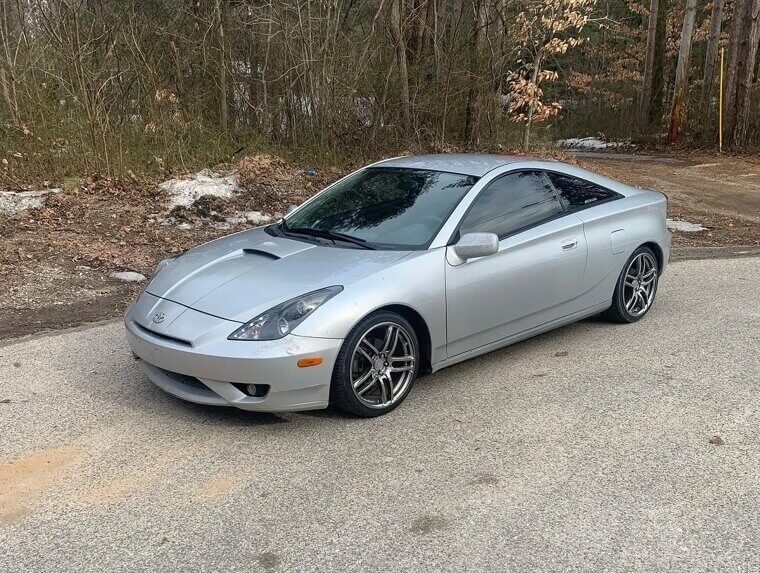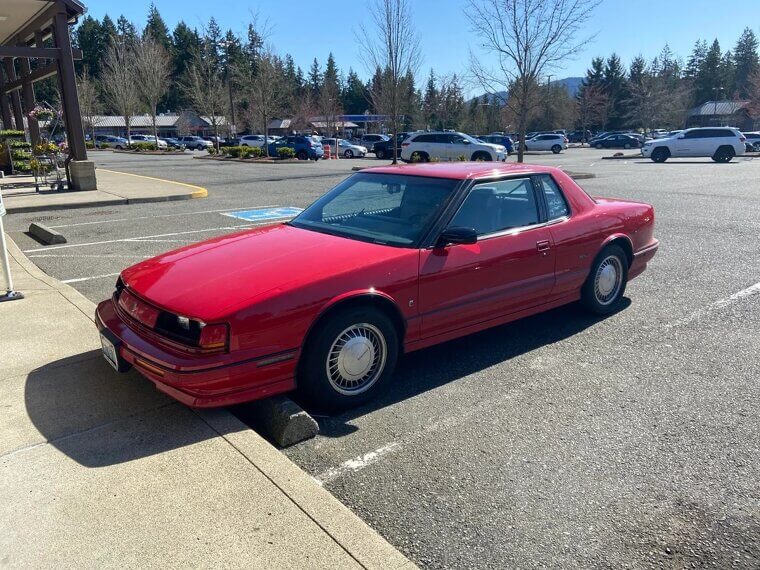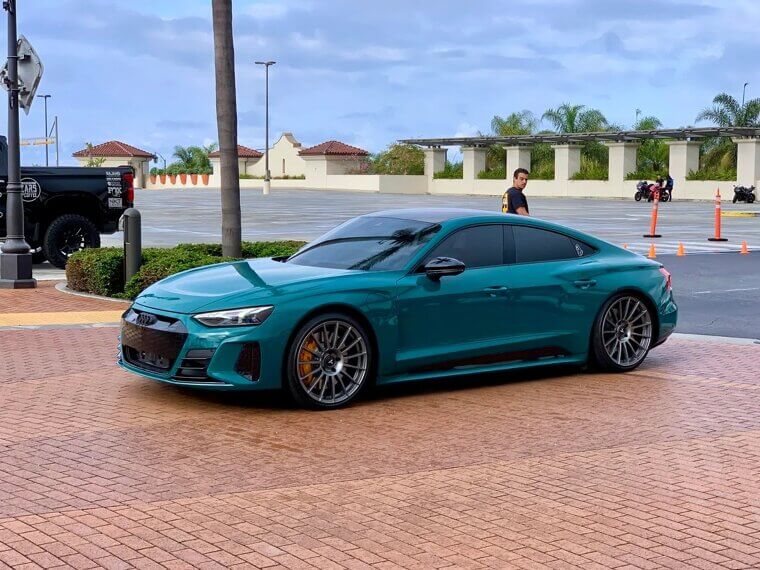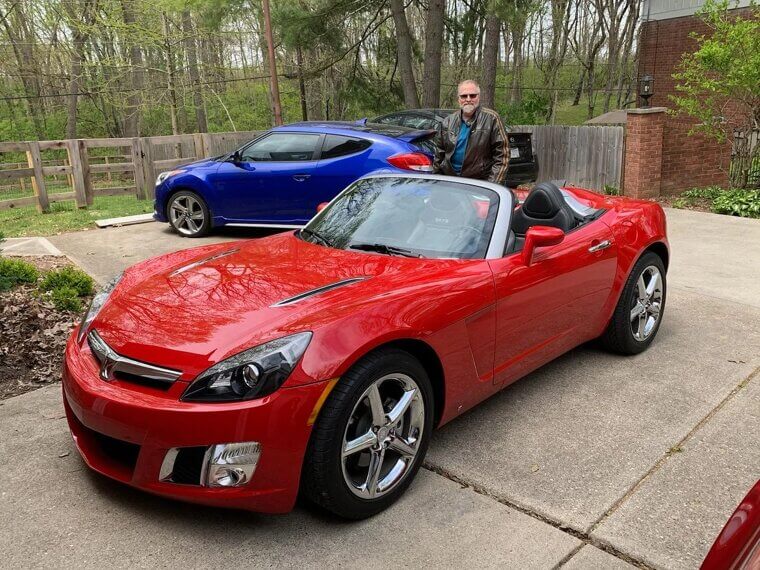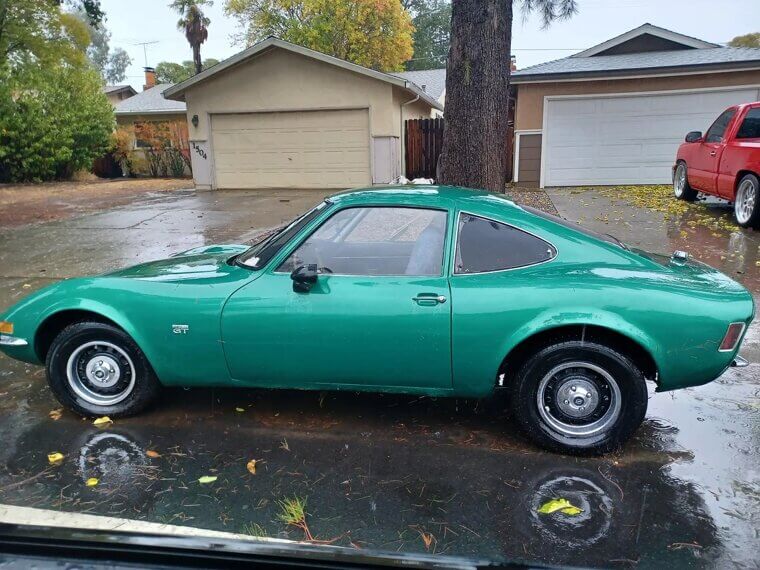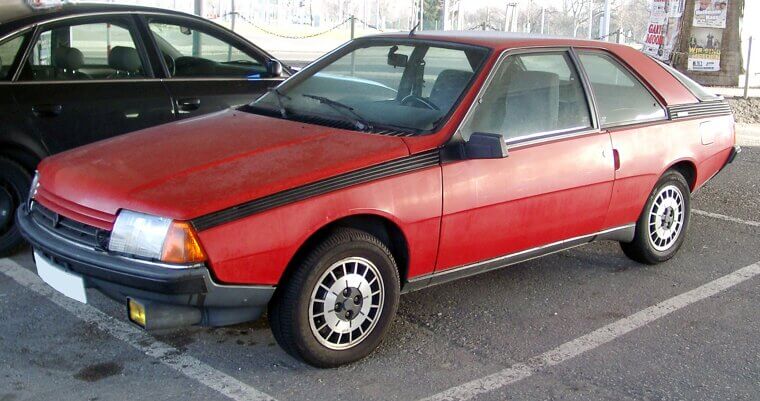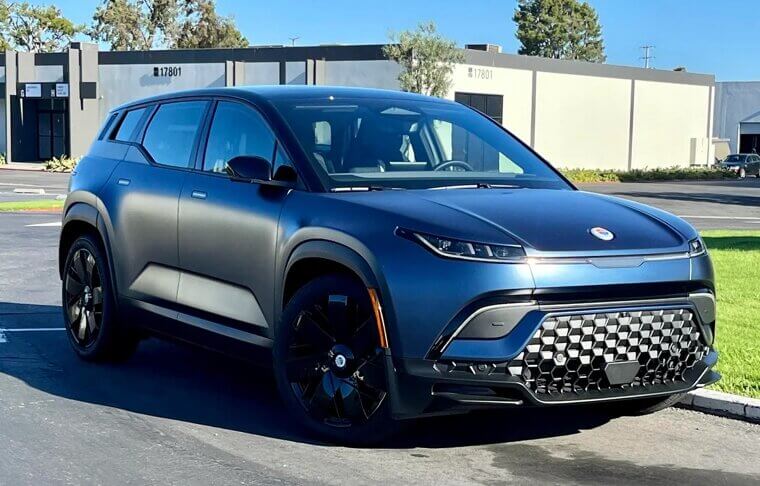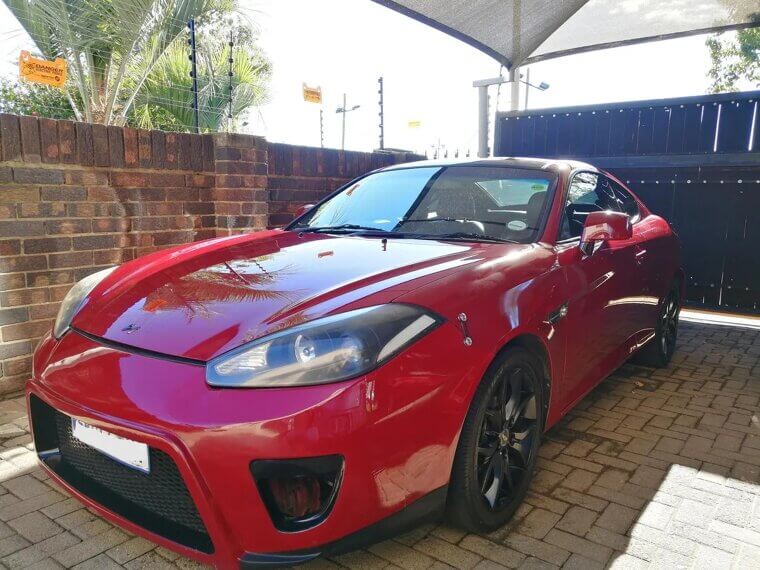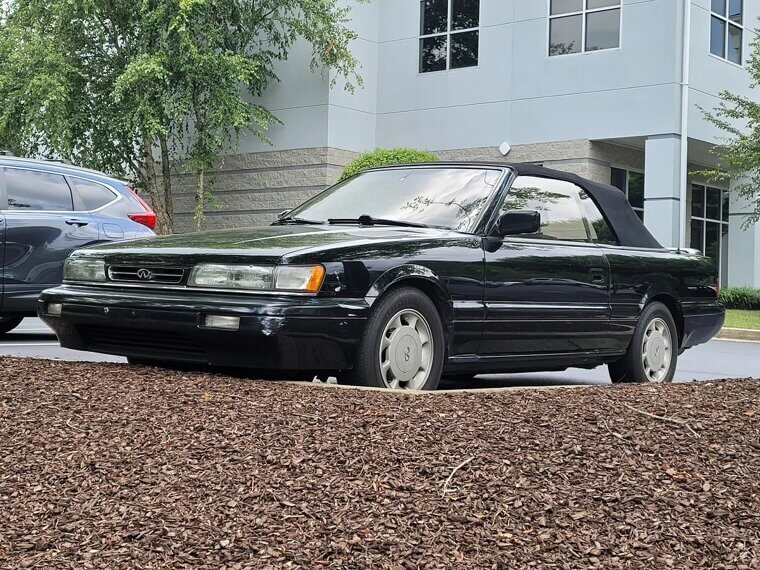These Collector Cars Promised a Lot and Delivered Very Little
From classic models to long-running icons to modern sports cars, there are plenty of vehicles that collectors go wild over. Sadly, many depreciate almost immediately. If you’re thinking of investing in one, keep reading to find out which collector cars never held their promised value.
Plymouth Road Runner Superbird
Bred for NASCAR supremacy, the Plymouth Road Runner Superbird was hot property back in 1970. It has remained a collectible classic for decades since, but its overproduction caused it to become oversaturated and subsequently decline in value as the novelty wore off.
Maserati Sebring
When it comes to elegance and sophistication, you can’t beat the Maserati Sebring. But even that Italian design and six-cylinder engine weren’t enough to save it from depreciation, especially in competition with faster and more robust competitors, like those from Ferrari.
Chevrolet Camaro Berlinetta
We all know the Chevy Camaro, but only true collectors know the Berlinetta variant, which was proposed as a luxury option for high-paying customers. It was a beautiful car, but lacked the aggression of its muscle car contemporaries, so many overlooked it and its value stagnated.
Lancia Stratos
The Lancia Stratos is a rally legend, and its Motorsports heritage and impeccable mid-engine, wedge-shaped build gave it a special edge over other collector cars. But there’s only so much people will pay for a car with limited usability, so its value never reached the supercar stratosphere.
Lotus Esprit Turbo
Any car with James Bond fame must be a high-value vehicle, right? Wrong! Though the turbocharged Lotus Esprit variant made some impressive sales, it struggled to stand the test of time due to flaky build quality and other expensive upkeep costs that put collectors off.
Cadillac Allante
Cadillac needed a strong competitor to rival Mercedes back in the ‘80s, so the Pininfarina-styled Allante was born. It was expensive to build and buy, but its exquisite design garnered much interest. Unfortunately, its disappointing performance prevented its value from rising above “quirky collectible” territory.
Volkswagen Thing
Speaking of quirky, the Volkswagen Thing had amazing collector appeal because it was so unique and different. But novelty can only take you so far, as Volkswagen realized when the Thing struggled to reach the high-value status of its other classic models. But it remains a fun collectible.
Dodge Stealth
Cut from the same cloth as the Mitsubishi 3000GT, the Dodge Stealth is an exciting, high-powered collector car with wide appeal. So what went wrong? It struggled to assert itself due to its rebadged status, and many Dodge enthusiasts preferred the Viper. It had potential, but couldn’t deliver.
Lamborghini Islero
It wasn’t a flashy, in-your-face model like the Miura, but the V12-powered Lamborghini Islero was still impressive. Sadly, it wasn’t as popular as other stylish classics, and its limited production didn’t help matters, either. It didn’t get the chance to deliver its promised value.
Peugeot 505
The Peugeot 505 was simplistic but charming. It did well on the European market, but fell short in the US, partly due to flaws in its design, which included rusting bodywork and uncommon parts. It never quite gathered the collector following required to maintain its original value.
Chrysler TC by Maserati
In 1986 Chrysler and Maserati unveiled their collaborative luxury model: the TC. What should have been a monumental vehicle that blended Italian craftsmanship with American power was actually a massive flop with a confused design and not enough appeal on either side to raise its market value.
Saab 9000
The ‘84 Saab 9000 was ahead of its time, and that was its biggest problem when it came to holding its value. Collectors were familiar with the 900 and felt its successor wasn’t up to par, so they dismissed it and it never gained true momentum.
Tesla Roadster
Before the futuristic Cybertruck, Teslas were far more normal-looking. The 2008 Roadster was a groundbreaking all-electric sports car with a Lotus-inspired build and fast engine. It likely would have held its value if the tech, batteries, and performance were as good as the design.
BMW Z8
The Z8 may not look like a “mainstream” BMW, but it brought together several great elements, including the M5-derived V8 engine. Its early value was boosted after it appeared in a Bond movie, but it was more of a showpiece than a usable car, which decreased its value.
Rolls-Royce Silver Seraph
Rare collector cars often exceed their market value, but the Rolls-Royce Silver Seraph didn’t quite hit the mark. It was very expensive, so many collectors hesitated to invest in it, which led its value to stagnate and then drop as time went on
Buick Reatta
The Buick Reatta was a futuristic wonder in 1988, with some exciting early tech that pushed it above other less-advanced cars. It even had some iconic Riviera influence. But, innovation aside, collector reactions to the Reatta were lukewarm, so its prices and value remained modest.
Lincoln Blackwood
It’s not a “traditional” collector car, but the Lincoln Blackwood has many fans because it’s such a high-quality luxury pickup. But its appeal was only aesthetic because most collectors were disappointed by its two-wheel drive system and shallow truck bed. As a result, its value flatlined.
Renault Sport Spider
This exquisite-looking track-day car had everything going for it, but it never fully delivered its promised value. It was too fragile and impractical to really enjoy on the road, and it was also unavailable in the US. Many people admired it but hesitated to invest.
Lancia Thesis
We have to give the Lancia Thesis credit for its daring, individualistic design; it really was a breath of fresh air for the collectible car market. In the end, it was let down by Lanica’s declining reputation, which caused many of the brand’s top cars to dwindle in value.
Infiniti G35 Coupe
High-performance, sleek, and surprisingly affordable for a collector model, the Infiniti G35 Coupe was another great release that should have skyrocketed in value. Sadly, it depreciated quickly due to mass production, which meant it lacked the refined collector appeal and remained a typical market model.
Chevrolet Corvette L88
The Chevrolet Corvette L88 was unapologetic, brutally powerful, and rare, so collectors were clamoring to get their hands on one. This did boost their value initially, but it plateaued before they reached their promised astronomical value. It remains a wildcard.
AMC Matador
From its gorgeous styling to its racing ties, the AMC Matador remains a popular old car today. But its value is quite modest, especially compared to its closest rivals, and it’s probably because it never achieved the same “classic” status.
Studebaker Avanti II
The Studebaker Avanti II carried the model’s striking design into the post-Studebaker years, with a hand-built GM engine and several companies marketing it. It intrigued collectors, but production was fragmented and performance varied, so it remained a niche model with static value.
Toyota Celica
Even the most casual car enthusiasts have heard of the Toyota Celica. It was fast, agile, and stylish, which generated broad collector appeal. Unfortunately, its popularity worked against it and Toyota mass-produced it, which kept the Celica (and its value!) from serious collector stardom.
Oldsmobile Toronado Trofeo
When Oldsmobile went defunct, many of its cars skyrocketed in value. The Toronado Trofeo has potential and ambition, but it wasn’t outgoing enough in its design or performance to truly deliver the value promised by its advanced technological features. Nowadays, it’s largely overlooked.
Audi E-Tron
The Audi E-Tron is a hot modern collectible with some seriously innovative tech and gorgeous bodywork, but it’s also very quick to depreciate. Put simply, the E-Tron costs a lot but doesn’t provide anything truly unique, and EVs always lose value compared to gas cars.
Saturn Sky Redline
On paper, the Saturn Sky Redline had everything going from it. Collectors loved its speed, flashy design, and raw, turbocharged power. What they didn’t love was Saturn’s brand collapse, which doomed the Sky Redline to never hold its promised value on the market.
Chrysler Crossfire SRT-6
The Chrysler Crossfire is very well-known, but the supercharged SRT-6 variant gave it new life. This model packed a punch on the roads, but never quite got off the ground looks-wise with its quirky styling. It never achieved global success, and lack of interest limits value.
Opel GT
We’ve got to hand it to Opel, the GT is a phenomenal-looking car, and it drove well enough to earn the moniker “Baby Corvette”. But its global appeal was hurt by limited production beyond Europe, so it never got the fully-fledged sports car fame that more valuable models did.
Renault Fuego
It might look “everyday” now, but in its prime time, the Renault Fuego was a snazzy, futuristic model with some amazing turbo options. But it failed to perform to its full potential, so many collectors swerved it, which drove down its asking price and overall market value.
Fisker Ocean
The Fisker Ocean had a short but wild introduction to the modern collector market in 2022. It was a highly-anticipated model that then plummeted in value due to faulty software, poor driving experience, and Fisker’s bankruptcy. Now, new Ocean models depreciate by at least 50% after a year or two.
Hyundai Tiburon
It may not be the fastest car of all time, but collectors loved the sporty feel and look of the Hyundai Tiburon. Sadly, even that wasn’t enough to deliver its promised value and it remained a successful but more mainstream vehicle than a collector’s dream car.
Infiniti M30
The Infiniti M30 is an interesting collectible because it’s simultaneously luxurious and bland. It did well enough in mainstream circles, but didn’t excite collectors like other models did, so its value remained minimal while other similar cars soared up the market.
Isuzu Vehicross
It doesn't look like a typical collector car, but don’t be fooled! The Isuzu Vehicross is a beast on the road, with incredible wheels, rugged hardware, and futuristic styling. Its rarity gave it character, but its value didn’t rise due to its curbed collector audience, which was mainly SUV enthusiasts.
Mercedes SL
The SL name carried prestige, promoting sporty performance and luxury looks at the same time. But once Mercedes split from AMG, many of its models dropped in value. The SL was, unfortunately, a victim of that divorce, and it suffered subdued value for a long time afterwards.

